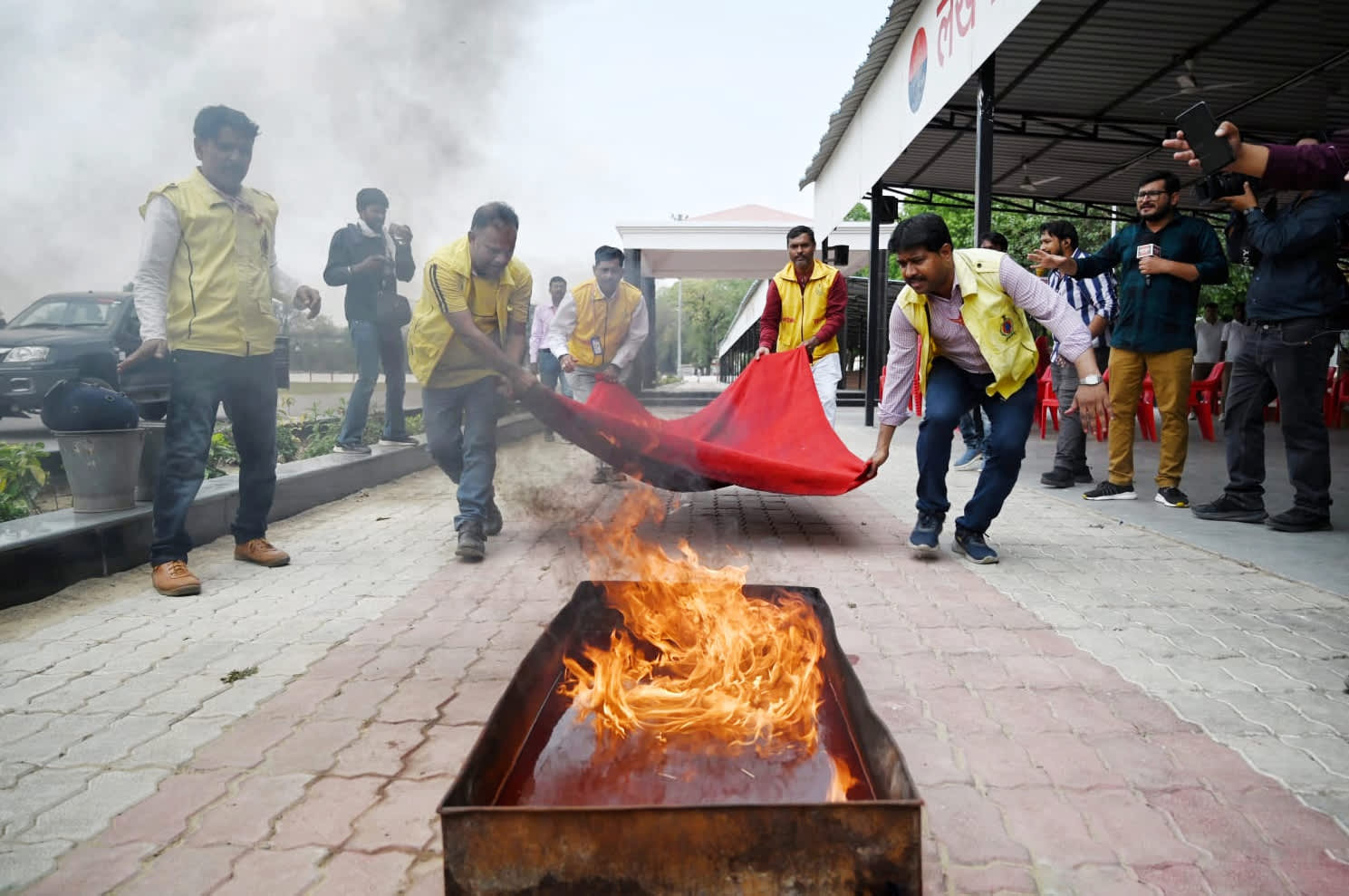
The Kashmir region has long been a powder keg in South Asia, with India and Pakistan locked in a bitter territorial dispute since their partition in 1947. The latest escalation—triggered by a deadly militant attack on Hindu pilgrims in Indian-administered Kashmir—has brought the nuclear-armed neighbors dangerously close to open conflict. On June 12, India launched “Operation Sindoor,” striking nine targets across Pakistan-administered Kashmir in what it called a “preemptive counterterrorism operation.” Islamabad responded by scrambling fighter jets and vowing to retaliate “at a time and place of our choosing.” This marks the most serious military confrontation since the 2019 Balakot airstrikes, with global powers now scrambling to prevent a regional catastrophe.
The Trigger: Bloodshed and Retaliation
The immediate spark came when suspected militants ambushed a bus carrying Hindu pilgrims in Reasi district, killing 26 civilians—the deadliest attack on religious tourists in Kashmir since 2017. India swiftly blamed Pakistan-based Jaish-e-Mohammed (JeM), the group behind the 2019 Pulwama bombing. Satellite imagery later revealed missile impacts near Muzaffarabad and Kotli in Pakistani Kashmir, where India claims JeM operates training camps. Pakistan denied involvement, calling the strikes “unprovoked aggression” and alleging India staged the attack to justify military action ahead of elections.
What makes this escalation perilous is the breakdown of backchannel diplomacy. Earlier this year, both nations quietly extended a ceasefire along the Line of Control (LoC). But with India now openly targeting Pakistani soil—and Islamabad threatening “massive retaliation”—the 2003 truce lies in tatters.
The Powder Keg: Nuclear Risks and Regional Fallout
Both nations possess over 160 nuclear warheads each, with Pakistan’s “full-spectrum deterrence” doctrine allowing battlefield nukes for rapid deployment. During the 2019 crisis, U.S. intelligence detected Pakistani F-16s armed with missiles—a red line that nearly triggered Indian counterstrikes. This time, Pakistan’s Foreign Ministry warned of “uncontrollable consequences” if strikes continue, while India’s Defense Minister vowed to “pursue terrorists into their sanctuaries.”
The humanitarian cost is already mounting. Villagers along the LoC report artillery duels destroying homes, while Kashmir’s civilian administration has begun stockpiling bunker supplies. Worse, Pakistan suspended the 1960 Indus Waters Treaty, threatening to choke India’s agricultural heartland—a move that could spark water wars across South Asia.
Global Alarms and Diplomatic Deadlock
The UN Security Council held emergency talks but failed to issue a joint statement due to China shielding Pakistan. Washington and Moscow, however, took rare unified action: U.S. Secretary of State Antony Blinken urged “immediate de-escalation,” while Russia offered to mediate—a role it played during the 2001-2002 standoff.
But mediation efforts face steep hurdles. India insists Pakistan must first “dismantle the terrorism infrastructure,” while Islamabad demands an independent probe into the Reasi attack. Compounding the stalemate, both governments face domestic pressure to appear strong: Prime Minister Modi’s BJP faces elections in Jammu and Kashmir this fall, while Pakistan’s military seeks to deflect attention from its economic crisis.
—
The Kashmir conflict has entered its most volatile phase in decades, with nationalism, terrorism, and nuclear brinkmanship colliding. While military posturing dominates headlines, the real victims remain Kashmir’s civilians, caught between crossfire and geopolitical gamesmanship. History shows India and Pakistan can step back from the abyss—as in 2002 and 2019—but only if backchannel talks resume. For now, the world watches nervously as two nuclear powers test how far the other will bend before something breaks.




发表回复